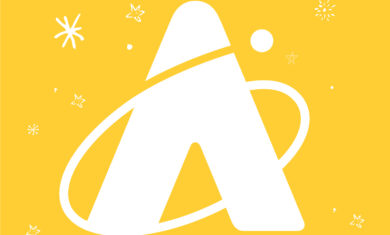Adler Skywatch: March 2023
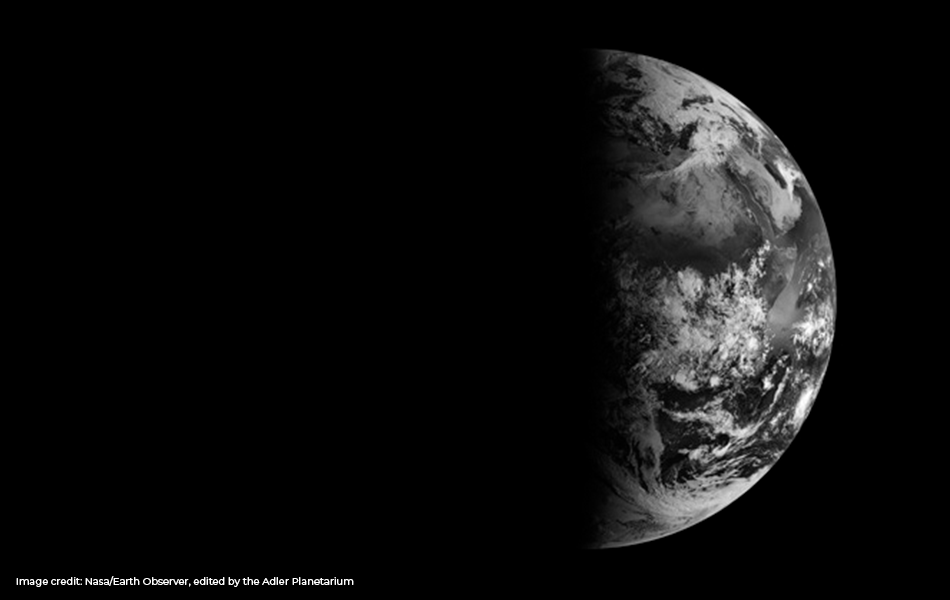
Header Image: The 2013 spring equinox, as seen from space. Image Credit: Nasa/ Earth Observer, edited by the Adler Planetarium
Possibly the most photogenic planetary pairing of the year kicks-off this month, March 2023. Here’s your stargazing guide to view the Venus-Jupiter Conjunction, the spring equinox and other celestial events.
Venus and Jupiter Conjunction
Just after sunset on March 1, Venus and Jupiter appear less than half-a-degree apart, low in the west-southwest sky. This is about one-quarter the width of your thumb stretched out at arms length. Jupiter and Venus are the two brightest planets as seen from Earth, but in this month’s pairing, Venus will appear brighter than Jupiter.
On the evening of March 2, they will appear less than one degree apart, about one-half your thumb’s width stretched out at arms length. Venus will be slightly higher in the night sky than Jupiter. The two move further apart each evening—Venus will move higher and Jupiter will drop closer to the Sun. Both planets will also appear to creep slightly west as the month passes.
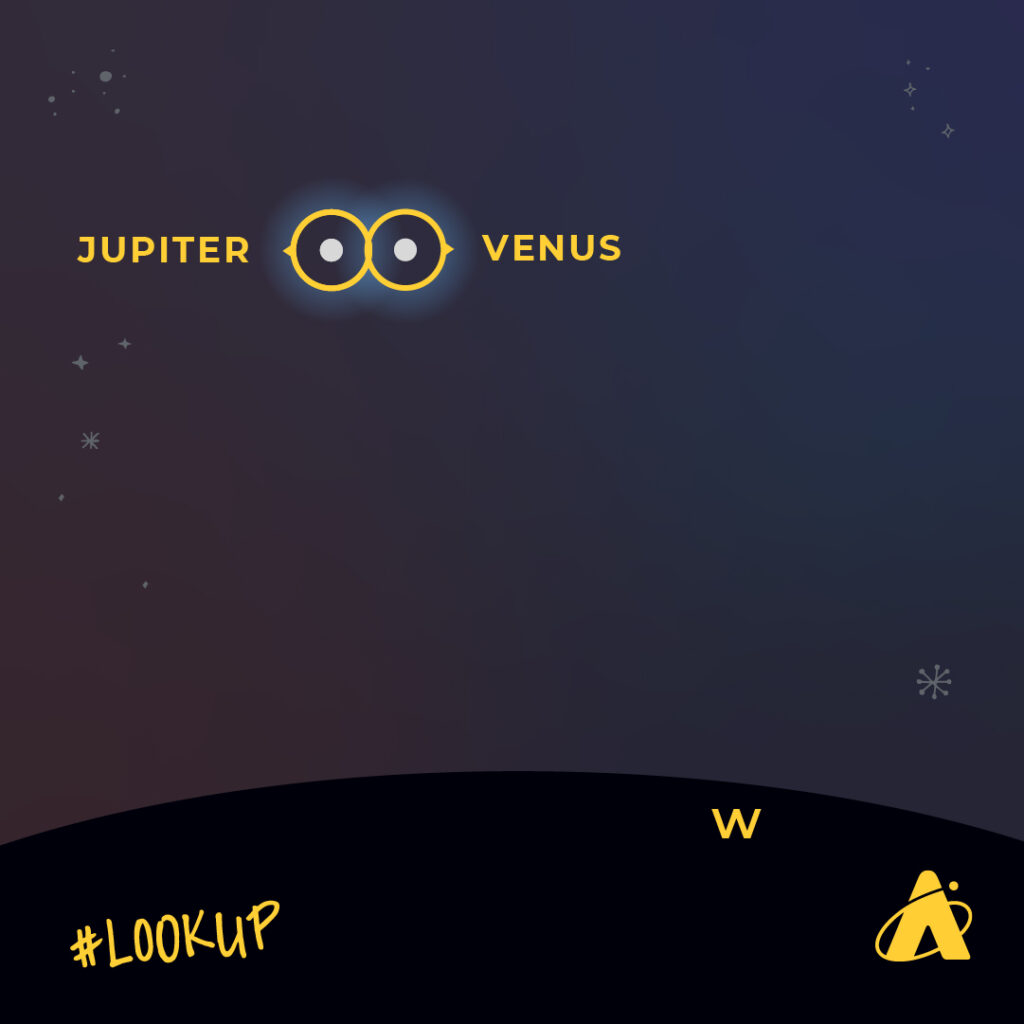
Later in the month on March 22, look close to the western horizon about a half-hour after sunset to see Jupiter just below an extremely slim crescent Moon, less than two days after the new Moon. You’ll likely need a clear sight-line to the west to see either the Moon or Jupiter.
The next evening, March 23, Venus will also float above that slim crescent Moon. Jupiter will appear below the two, and about double the distance between Venus and the Moon, very close to the horizon.
At the start of the month, both Venus and Jupiter set in the west-southwest about 7:30 pm CST. By the end of the month, Venus sets in the west-northwest about 10:00 pm CDT (more about the time-change later). But after March 23, Jupiter appears so close to the Sun that it will be difficult, if not impossible, to see.
Planets on the Horizon
Similarly, the planet Mercury spends most of this month hidden in the glare of the Sun. It will be a little higher in the early-evening sky next month.
Most of the planets this month appear close to the horizon; but Mars starts out evenings high in the sky. Look for it during evening twilight high in the southern sky, above the easily recognizable constellation Orion the Hunter. Orion is basically a rectangle of bright stars with a trio of bright stars close together forming a short line, or belt, across the center of the rectangle. As the nights pass, both Mars and Orion move slightly westward in the southern skies. The evenings of the March 27–28, Mars appears close to a waning crescent Moon. Mars sets in the west-northwest around 2:00 am CST at the start of the month, and—due to the mid-month time-change—again sets around 2:00 am CDT by month’s end.
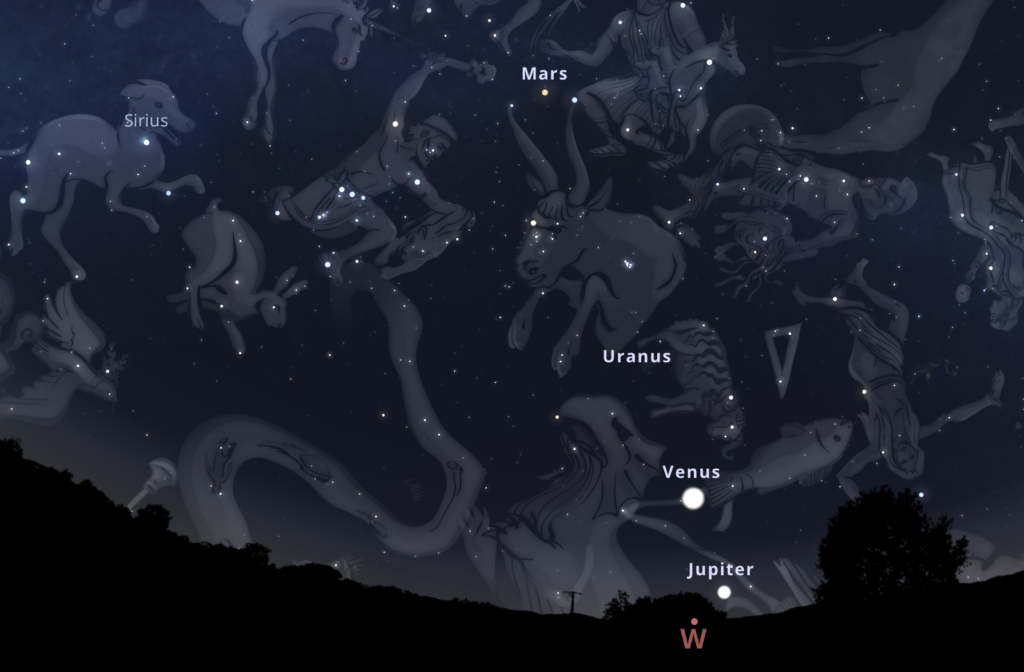
The last week of the month, the planet Saturn begins to emerge in morning twilight. Early risers can try looking for it March 24 or later, about 40 minutes before sunrise, very low on the east-southeast horizon.
Springing Forward for Daylight Savings Time
Daylight Saving time starts at 2:00 am on March 12. Clocks get turned ahead one hour this morning. Dawn starts later, and sunset ends later as well.
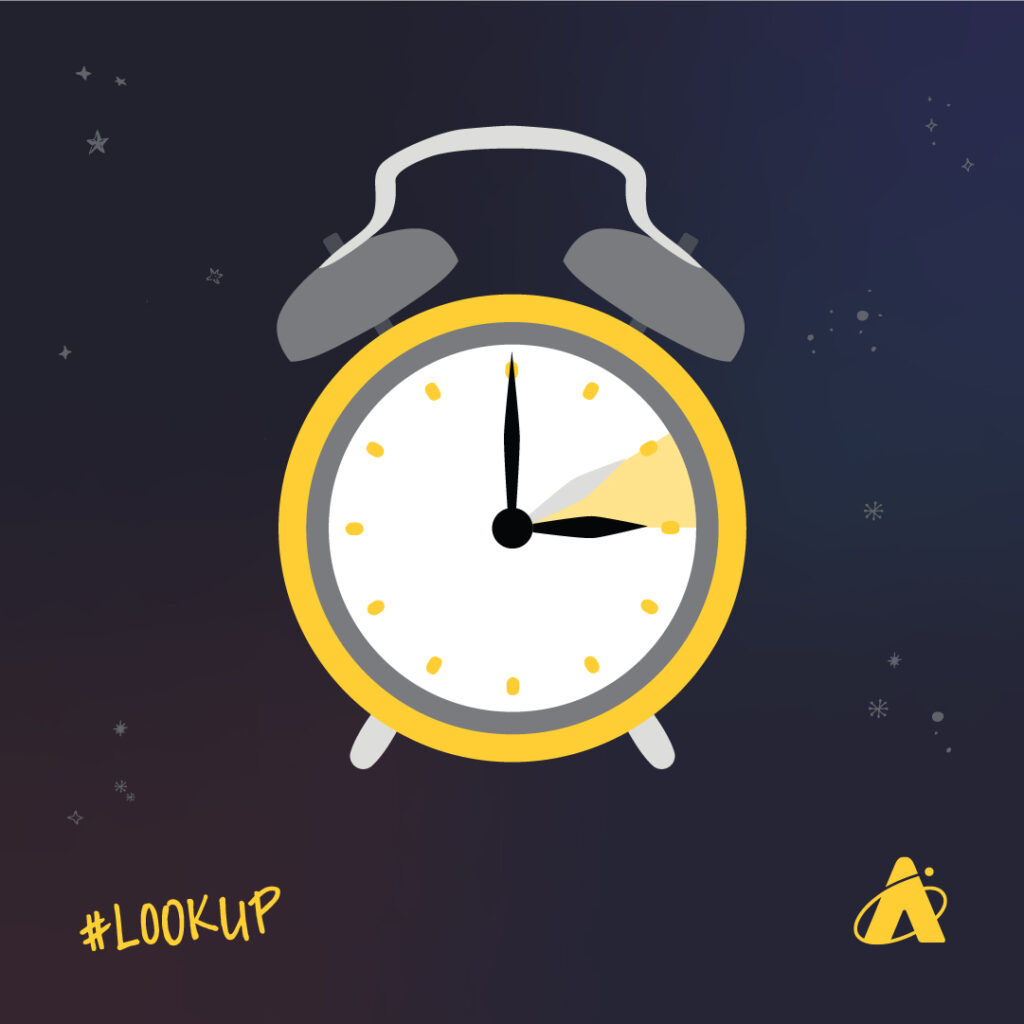
With Daylight Saving time starting, the vernal equinox isn’t far behind. The astronomical start of spring in the northern hemisphere occurs this month, on March 20, at 4:24 pm CDT. On this date, as on the autumnal equinox in mid-September, daytime and nighttime hours are roughly equal. The Sun rises due-east and sets due-west. For the next three months, the daylight hours will increase, and dark-sky hours will decrease, until the summer solstice on June 21, 2023.
Moon Phases
Full Moon: March 7
Last Quarter Moon: March 14
New Moon: March 21
First Quarter Moon: March 28
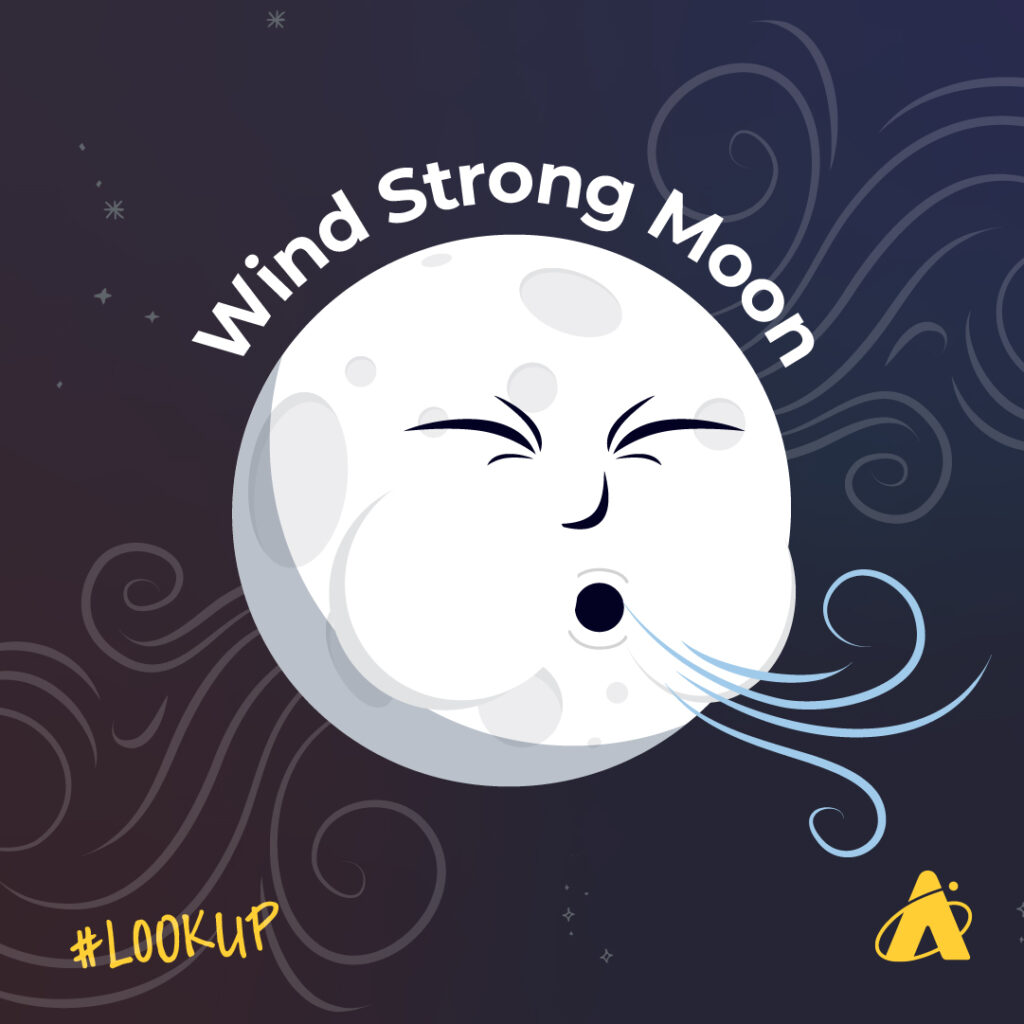
Please note: these descriptions are for the Chicago area, using Central time.
Subscribe To Skywatch Wednesday This March!
Tour the night sky with the Adler Planetarium’s Theaters Manager, Nick, in Skywatch Wednesday. Nick uses cutting edge visualizations, NASA images, and astrophotography to show you what you can see in the night sky throughout the year.
Check out our recent episode for an astronomical tour of the 2023 winter night sky.
Learn From Our Astronomy Educators
Watch exclusive live episodes of Sky Observers Hangout this March! Learn how to observe upcoming cosmic happenings, enhance your astrophotography skills and see celestial objects through a telescope virtually with our astronomy educators. Join Michelle and Hunter’s to watch the Venus and Jupiter Conjunction on March 1. We’ll talk about conjunctions and answer all your burning questions during our live Q&A!





